Artificial intelligence (AI) is revolutionising the research landscape, presenting unprecedented opportunities to accelerate discovery, improve collaboration, and address critical challenges in fields like chemistry. Yet, as promising as AI’s potential may be, many researchers are still exploring how to turn this promise into practice.
In this article, we dive into how AI is reshaping chemistry research workflows, tackling ethical concerns, and creating opportunities for collaboration. By understanding these dynamics, decision-makers, librarians, and researchers can take thoughtful steps to integrate AI into their ecosystems.
From awareness to action: the AI adoption journey
AI’s transformative promise in chemistry is no secret. Nearly all librarians (96%) are familiar with AI tools, and many are optimistic about its potential to increase research quality and efficiency. Yet only 41% of users have applied AI in work contexts, and just 10% feel highly proficient. A primary barrier is time, with 49% of non-users citing lack of time as the reason for delayed adoption.1
Despite these hurdles, the appetite for AI is growing. An overwhelming 67% of users who haven’t yet adopted AI tools expect to do so within the next two to five years.1 Institutions that want to stay ahead must bridge this gap between interest and implementation. The key? Strategic approaches that focus on tangible results and meaningful integration.

Insights 2024: Attitudes toward AI
Download this report to get in-depth perspectives on how researchers are using AI and where they see its future impact.
DOWNLOADAI’s impact on chemistry: success stories from the field
AI has already demonstrated its power in advancing chemistry research. From drug discovery to materials science, real-world applications show how these tools are transforming the way chemists work:
- Accelerating drug discovery: AI has been pivotal in predicting molecular interactions, significantly reducing the time required to identify viable drug candidates. For example, predictive modeling has helped researchers simulate chemical reactions and prioritise promising compounds without extensive laboratory trials. This has shortened timelines for early-stage drug development by up to 30%.2
- Designing sustainable materials: Chemists are using AI to design advanced materials with specific properties, such as durability or environmental sustainability. In one case, researchers employed machine learning algorithms to predict how different molecular configurations would behave, enabling them to create new biodegradable polymers faster than traditional trial-and-error methods.3
- Uncovering hidden patterns: By mining vast datasets of chemical literature and experimental results, AI has uncovered trends and correlations that might otherwise have gone unnoticed. In one example, researchers used AI to analyse decades of reaction data, revealing optimised pathways for synthesising complex molecules more efficiently.3
- Enhancing lab efficiency: Automation powered by AI has streamlined routine but time-intensive processes4 such as analysing spectroscopy data or sorting through thousands of chemical abstracts. This enables chemists to focus on high-value, innovative tasks while delegating repetitive work to AI systems.
These success stories demonstrate how AI tools are not just speeding up workflows but also enabling breakthroughs that were previously out of reach. For decision-makers, this underscores the importance of investing in AI-driven approaches that align with institutional research goals.
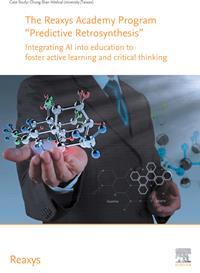
Integrating AI into education to foster active learning and critical thinking
Learn from success. Download this case study from Chung Shan Medical University in Taiwan on how AI has been successfully deployed in a real-world research setting.
DOWNLOADAI in action: improving efficiency without compromise
AI’s potential to transform chemistry research is rooted in its ability to automate repetitive tasks, accelerate workflows, and free researchers to focus on creative, high-value work. For example:
- 95% of librarians believe AI can significantly accelerate knowledge discovery.1
- 92% highlight its ability to reduce costs for institutions.1
- 72% expect AI to deliver transformative impacts in their area of work.1
In practice, AI has already been used to simplify complex literature reviews, streamline retrosynthesis planning, and predict compound behaviours. By automating these processes, AI allows researchers to bypass bottlenecks and dedicate their time to uncovering innovative insights.
However, efficiency doesn’t mean compromise. For researchers, maintaining the rigor and reliability of their work is paramount. AI tools should support—not replace—the analytical and critical-thinking skills of experts.5
Bridging silos: AI as a catalyst for collaboration
AI doesn’t just speed up workflows; it also breaks down barriers to collaboration. By creating platforms for interdisciplinary research, AI enables chemists to work seamlessly with biologists, physicists, and data scientists. This is especially critical as the world’s most pressing challenges—climate change, drug development, and materials innovation—require expertise from diverse fields.
Institutions that embrace AI-enabled collaboration report tangible benefits. Shared datasets, AI-driven analysis, and automated workflows help cross-functional teams solve problems more effectively. For example, AI has played a pivotal role in interdisciplinary projects to design new compounds, where chemists and data scientists analyse molecular behaviour in tandem.2,4
For decision-makers, investing in AI that supports open and collaborative research environments is no longer optional; it’s essential to staying competitive.
Building trust: ethics and transparency in AI
While the promise of AI is immense, ethical considerations loom large. Key concerns include:
- 94% of users worry about AI being used for misinformation.1
- 81% fear that AI could erode critical thinking.1
- 85% are concerned about the ethical implications of AI use.1
The solution lies in transparency. Researchers are more likely to trust AI tools that clearly explain how results are derived, cite their sources, and demonstrate accountability.1 Institutions can build trust by choosing tools with robust data validation processes and by ensuring researchers are equipped to critically assess AI outputs.
Transparency isn’t just a technical feature; it’s a commitment to empowering users to use AI responsibly and confidently.
Turning vision into action: building AI-driven chemistry research ecosystems
Transforming AI from a promising technology into a core part of chemistry research requires more than just access to tools—it demands a strategic vision.
Start small but think big. Many successful institutions begin with pilot programmes—small, focused experiments where AI is integrated into a specific department or workflow. These initiatives allow institutions to identify key opportunities where AI can make the most difference, whether in automating literature reviews, designing retrosynthesis pathways,2 or accelerating data analysis.6
Explore hands-on tools
Try free trials of AI-driven platforms like Reaxys to understand how they integrate into existing workflows
Equally critical is capacity-building within teams. Librarians and researchers need not only access to AI tools but also training tailored to their expertise.1 This might include workshops on understanding how AI analyses data, interpreting outputs, or troubleshooting issues collaboratively. By embedding AI literacy into the academic ecosystem, institutions ensure that researchers can embrace these tools confidently and creatively.
The journey to integrating AI into chemistry research doesn’t end with awareness—it begins with action. Librarians and institutions ready to embrace AI can take immediate steps to explore its potential. By adopting it thoughtfully, you can ensure your institution stays at the forefront of discovery and innovation.
Downloads
References
- Insights 2024: Attitudes toward AI. https://assets.ctfassets.net/Insights_attitudes_toward_ai_key_findings.pdf (accessed Dec 2024)
- Serrano DR et al, Pharmaceutics, 2024 DOI: 10.3390/pharmaceutics16101328
- Roles of generative AI in drug discovery: advantages, case studies, and examples. https://www.geeksforgeeks.org/roles-of-generative-ai-in-drug-is-discovery-advantages-case-studies-and-examples/ (accessed Dec 2024)
- Blanco-González et al, Pharmaceuticals, 2023 DOI: 10.3390/ph16060891
- The Netherlands’ Elsevier’s report on ‘Attitudes toward AI’: mixed feelings. https://publishingperspectives.com/2024/07/elseviers-attitudes-toward-ai-report-mixed-feelings/ (accessed Dec 2024)
- Deloitte builds drug discovery pipelines with generative AI in a few clicks. https://www.nvidia.com/en-us/case-studies/generative-ai-in-drug-discovery/ (accessed Dec 2024)
Additional information
A customised ChatGPT API was used to create the structure of this article and proofread the draft for language, grammar, and readability.



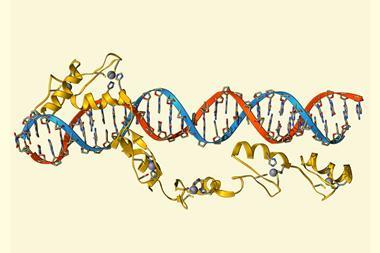



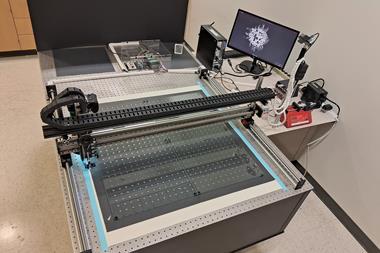


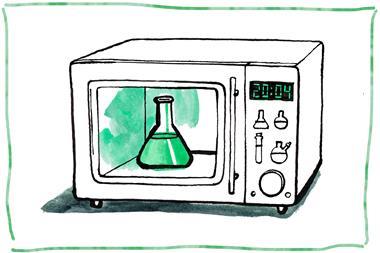
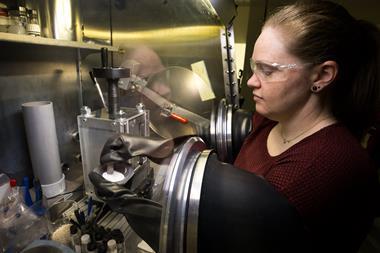


No comments yet